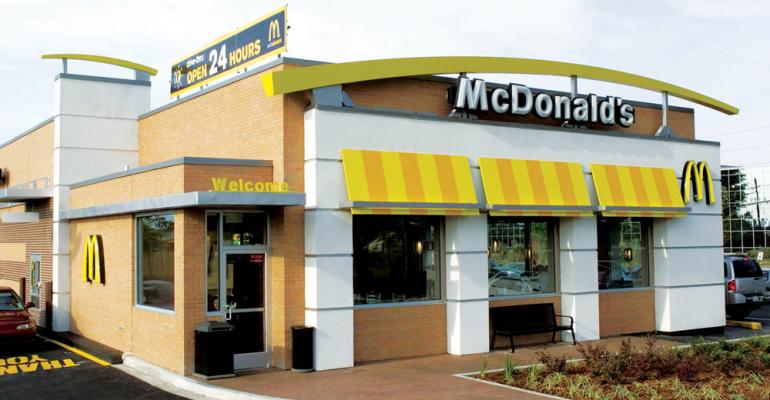 This post is part of the On the Margin blog.
This post is part of the On the Margin blog.
Not long ago, I approached a restaurant chain that qualifies as a quick-service restaurant — by any definition — to interview for a feature on the segment.
They said no. They wanted to start marketing themselves as a fast-casual chain.
The idea, apparently, is that consumers would somehow look more favorably upon the chain if it labeled itself fast casual, rather than quick service.
But they might want to rethink that idea because, if anything, consumers are abandoning fast-casual chains for the familiar comfort and lower prices of their fast-food brethren.
That's based on a Nation’s Restaurant News analysis of same-store sales in publicly traded restaurant companies' most recent earnings period, mostly the second quarter through the end of June or early July.
Quick-service chains’ same-store sales in the period increased an average 1.4 percent. By comparison, fast-casual chains’ same-store sales averaged a 1-percent decline. Factor out Chipotle Mexican Grill Inc., which is facing some extraordinary sales issues, and it’s even worse, an average decline of 2 percent.
The second quarter as a whole was difficult for the restaurant industry, and the publicly traded companies proved that, averaging a decline of 0.1 percent. Of the 69 chains that have reported, 37 reported negative same-store sales in their most recent quarters.
The numbers make the performance of quick-service chains even more impressive.
It’s not a one-time event, either. Fast-food chains are outperforming fast-casual chains on a two-year basis, too (2.5 percent, versus a non-Chipotle average decline of 0.1 percent).
To be sure, it’s important to take these numbers with a grain of salt. There are fewer publicly traded fast-casual chains, and they’re generally smaller. But that was also true when fast-casual chains were flourishing, prompting numerous think pieces declaring traditional fast-food restaurants to be dying.
And fast food’s outperformance would look even greater if we weighted for chain size. Some awfully large chains reported strong same-store sales, including Taco Bell (4 percent), McDonald’s (3.9 percent in the U.S.), Wendy’s (3.2 percent) and Burger King (3 percent).
Those are the fourth, first, sixth and fifth largest restaurant chains in the country, based on NRN Top 100 data.
Quick-service chains are thriving for several reasons. For one thing, they’re cheap, and as much as consumers like to talk about eating healthy and rejecting traditional fast food, they still like paying low prices.
For another, they’re convenient, and consumers like convenient. Take a road trip and compare the number of fast-food chains you see to the number of fast-casual restaurants located along highways and other travel corridors.
Quick-service chains have numerous advantages that enable them to remain competitive in a difficult environment that is filled with restaurants. Their size gives them marketing strength, so they can break through the advertising noise. They do things like put Zinger sandwiches into space, or give away bottles of secret sauce, and they develop items like Froot Loop Shakes, which generate social media attention and get people in their doors.
Fast-casual chains, meanwhile, have aggressively raised prices in recent years, and consumers notice those things. They also face competition from high-growth upstarts that are getting millions in private-equity backing.
And fast-casual chains either don’t, or can’t, do the type of marketing that quick-service chains have done to generate sales. Their narrower menus frequently restrict responses to traffic or sales crises.
To be sure, this is changing, as we’ve seen with Chipotle and its queso planning.
We’ve never really liked the “fast casual” moniker, anyway, and think it’s high time the industry stopped using it. But that’s a blog for another day.
Jonathan Maze, Nation’s Restaurant News senior financial editor, does not directly own stock or interest in a restaurant company.
Contact Jonathan Maze at [email protected]
Follow him on Twitter: @jonathanmaze

